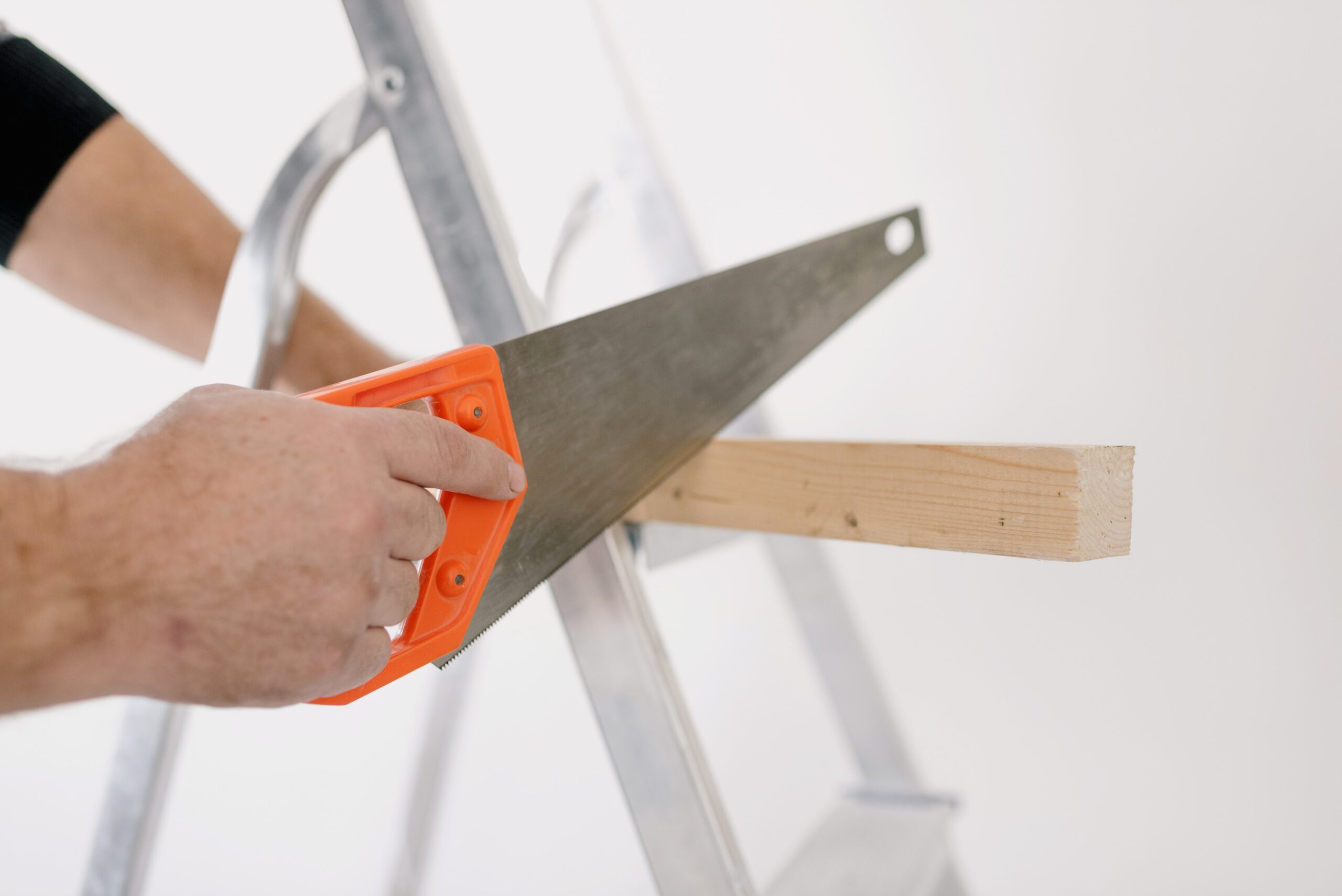About

About Me
The Need for Quality in Low Income Housing
At one time, cities built plain brick cubes and called it housing. The reasoning was that low income housing only needed to provide the basic amenities, and there were some who thought that if low income housing offered anything beyond that, then people would have no incentive to get jobs and move to better housing.
William Collins, West Hartford, Connecticut residential developer, takes a different approach. A community consists of all its members, and Collins contends that quality housing should be available to everyone. It not only benefits residents directly, but makes the entire neighborhood a better place.
Better Housing Saves Energy
Anyone responsible for paying the family bills will agree that utilities comprise a good chunk of the month’s expenses. For low-income families, that becomes a concern that can be minimized by building energy-efficient housing. According to William Collins, West Hartford can get very cold in the winters, so even though it isn’t in the coldest part of the country, insulating housing to maintain the most heat keeps residents safe and minimizes spikes in bills when the temperature drops.
The environment is another concern that is affected by energy efficiency in home design. Heating a residence takes a lot of energy—energy that ultimately comes from coal or oil in most cases. Building with energy conservation in mind minimizes the use of both these limited natural resources.
Residents’ Happiness Is Affected
A home is more than a place to get out of the weather. It represents different things to different people, but for anyone, home should be a safe place to prepare food and eat, sleep, store personal belongings, and to enjoy being with family and friends.
When a person feels like they have a real home, they are more content, and happier in general. This carries over into all aspects of the community. Entertainment for young people gives them something to do. Rec rooms, workout facilities, playgrounds and even pools give more back to the community than they cost to construct.
Case Study: Temple Square in Mesa, Arizona
For developer William Collins, West Hartford is home, but one of his notable accomplishments is the southwest U.S. In early 2014, Collins worked with the Greater Phoenix Urban League on a project in Mesa, Arizona. The inner-city housing project had become dilapidated and the desirable location could have been lost to its residents if commercial developers got control.
Collins worked with the Urban League to expand and remodel apartments, making desirable 1, 2 and 4-bedroom units in a property that is designed to blend in with the environment and meet energy efficiency standards.
The 152-unit complex now has a swimming pool, outdoor grills and a play area. Inside the apartments, green values carry on with, dual-flush efficiency toilets, Energy Star appliances and lighting fixtures, and thermal performance walls and roofs.
Author Box
William Collins, West Hartford, CT residential developer has designed and built communities from low-income housing to a luxurious retirement community. His work spans much of the country, from his home state to Arizona.


